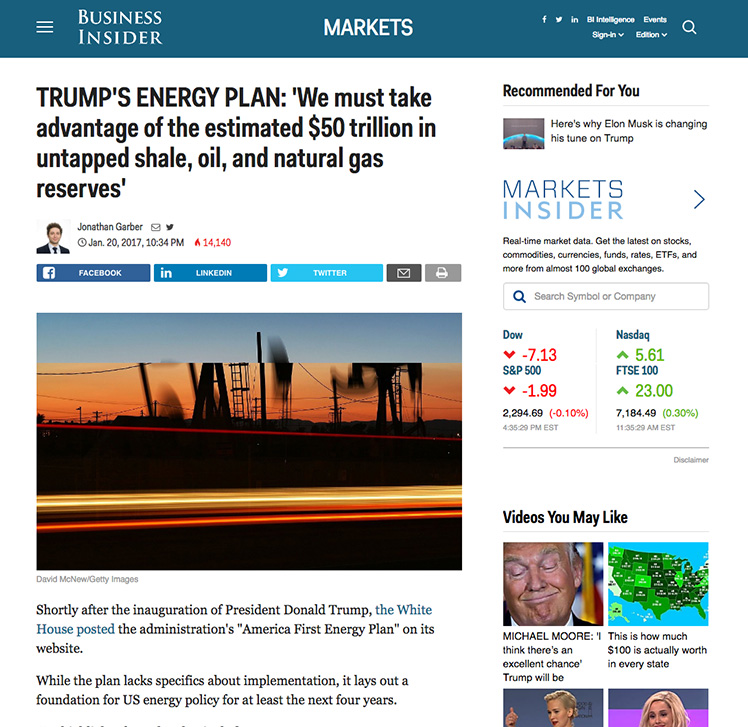Saudi Oil Minister: Further Cuts? “If Needed, Absolutely.” lweb.es/f2586 01.22.2017
Some 1.5 million of an agreed upon 1.8 million barrels per day of oil has been taken out of the market in January, Saudi Energy Minister Khalid al-Falih said. He noted, however, that at the same time shale oil is estimated to grow this year at 200,000 to 300,000 barrels per day – not at the 500,000 bpd estimated by the International Energy Agency. Al-Falih indicated that OPEC countries could cut oil production again this year if higher prices were not maintained due to reasons beyond the control of producers, including falling demand.
Details


 As China’s foreign exchange reserves threaten to tumble below the critical $3 trillion mark, there are fears that it will set off a vicious cycle of more outflows and currency depreciation.
As China’s foreign exchange reserves threaten to tumble below the critical $3 trillion mark, there are fears that it will set off a vicious cycle of more outflows and currency depreciation.